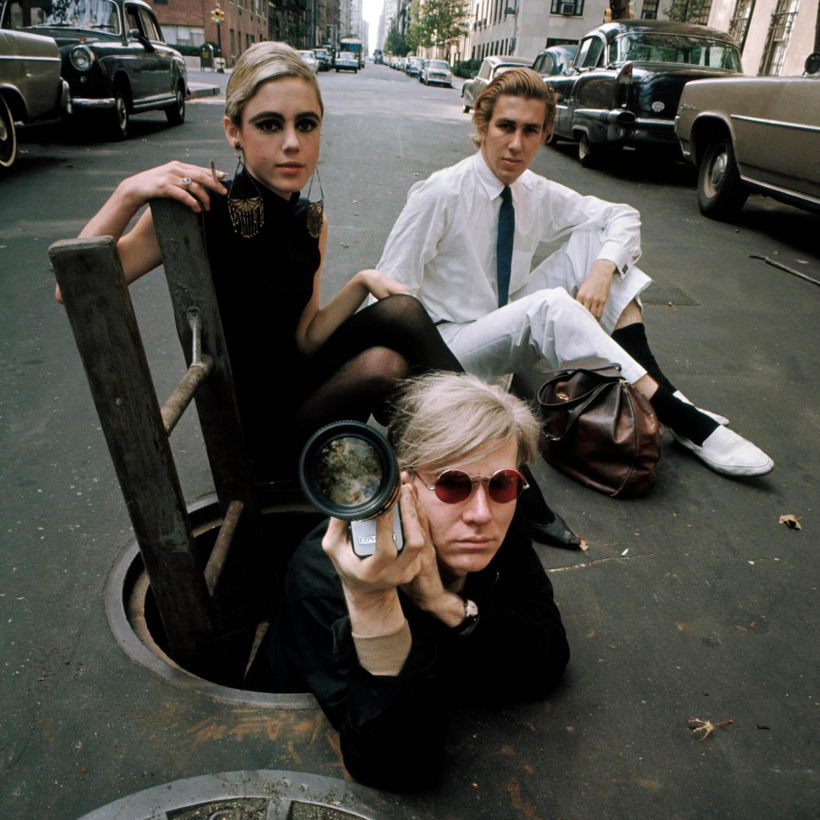Twenty years ago, I discovered a Web page compiling nearly three decades’ worth of J. Hoberman’s Top Ten Films of the Year lists for The Village Voice. This precious URL became my de facto cinema syllabus in high school. It was my introduction to one-of-one directors such as Chantal Akerman, James Benning, and Tsai Ming-liang. (Despite not being particularly into sports, I even tracked down a VHS copy of Game Six of the 1986 World Series on eBay, Hoberman’s pick for the fifth best “film” of that year.)
Consisting of “reporting week after week on out-of-body experiences in a parallel universe,” Hoberman’s approach to criticism and list-making was “an exercise in autobiography (however veiled) and a contribution (however modest) to the history of the present.” He began under Andrew Sarris—popularizer of the auteur theory—and the championing he gave during his 35 years at The Village Voice to art-house, experimental, and international films made him one of the defining cinephilic critics of his time.

In 1983, Hoberman co-authored Midnight Movies with Jonathan Rosenbaum (who would go on to become the influential head film critic at the Chicago Reader), still the definitive text of the late-night subgenre. The book’s cover featured the now iconic poster image of Jack Nance in Eraserhead, which was, appropriately, Hoberman’s first published review for The Village Voice, in 1977. (“Not a movie I’d drop acid for, although I would consider it a revolutionary act if someone dropped a reel of it into the middle of Star Wars.”)
In the past 20 years, Hoberman’s books have critically explored particular political eras of American filmmaking, from a trilogy on the Cold War (including 2019’s Make My Day: Movie Culture in the Age of Reagan) to the post-9/11 digital 00s (2012’s Film After Film: Or, What Became of 21st Century Cinema?). Hopefully he has it in him to weather the depression it’s likely to cause and eventually tackle writing a volume on the current slop wasteland. (My suggested title: “Everything Is Computer: A.I., I.P., and the Enshittification of Hollywood.”)
Hoberman’s new book, however, is a deep dive further back into the milieu that helped shape his taste and sensibility—Everything Is Now: The 1960s New York Avant-Garde. Born in 1949, the author “lived through” yet was “too young to have participated in most of the events [evoked]” in this remembrance. Hoberman is, however, “old enough to have experienced what might be termed the normalization of cultural craziness that characterized the 1960s.”

Broken into “Subcultures (1959–66)” and “Countercultures (1966–1971),” Hoberman’s book leans on not just his own reporting but on “virtually every copy of Voice between late 1958 and early 1972,” and indeed much of it reads like an underground-press-microfiche speedrun. (Complimentary.)
If newspapers are the “first rough draft of history,” the historians of the present reporting for them more than six decades ago in New York City truly had a dizzying amount to keep up with. Hoberman table-sets with the Beat Generation and famed West Village coffeehouses. (“Graceless grottos so subterranean one expects Jean Valjean to be their waiter,” per The New York Times’s Robert Shelton.) Jack Kerouac and Ornette Coleman (“Jazz Kerouac”) are the initial hipster figureheads of the pre-counterculture ferment. Lithuanian Jonas Mekas becomes the Zeitgeist-capturing progenitor of avant-garde American cinema. (His modest ambition for his debut picture, Guns of the Trees? “To overthrow the government.”)
Before long we have Yoko Ono—who sat in on John Cage’s New School class—performing ongoing conceptual concerts in her pad. (Invitees were cautioned with the all-caps notice THE PURPOSE OF THIS SERIES IS NOT ENTERTAINMENT.) A still-teenage kid named Bobby Zimmerman from Minnesota comes to the city and starts hustling gigs as Bob Dylan. Not merely the leader of the Pop-art movement, Andy Warhol has a finger in just about every pie—from music (unbeknownst to me, even as a backup singer in a pop group with lyricist Jasper Johns that lasted only a few rehearsals) to avant-garde cinema and even pornography. This and an impossible amount more was all before the 60s were even half over.
Things were moving so fast culturally that when former dancer and choreographer Shirley Clarke’s controversial 1961 film, The Connection, was banned, by the time the New York State Court of Appeals ruled in her favor the next year, the time had passed. “The film reappeared intact and passé. Late 1962 was not mid-1959 or even September 1961; The Connection failed to justify the outrage or excitement it had once provoked,” writes Hoberman.
What was the biggest enabler of all this groundbreaking, thrilling, transgressive art being made? It was “the era of cheap rents—perhaps the greatest facilitator of innovation,” as Hoberman puts it. Long before financialization of the economy and BlackRock becoming America’s landlord, New York’s creatives could actually afford to live and, therefore, freely create. Dylan rented a two-room apartment at 161 West Fourth Street for $60 per month; Ono paid $50 for her top floor loft at 112 Chambers Street.
Everything Is Now manages to include in its cast of characters, among many others, Allen Ginsberg, Kenneth Anger, Lenny Bruce, Sun Ra, and William Burroughs. It’s an impressive and wonderfully written trip to an explosively creative time before, as writer Mark Fisher put it, “the slow cancellation of the future,” when culture really had the ability to “grasp and articulate the present.”
Spike Carter is a London-based writer and filmmaker


